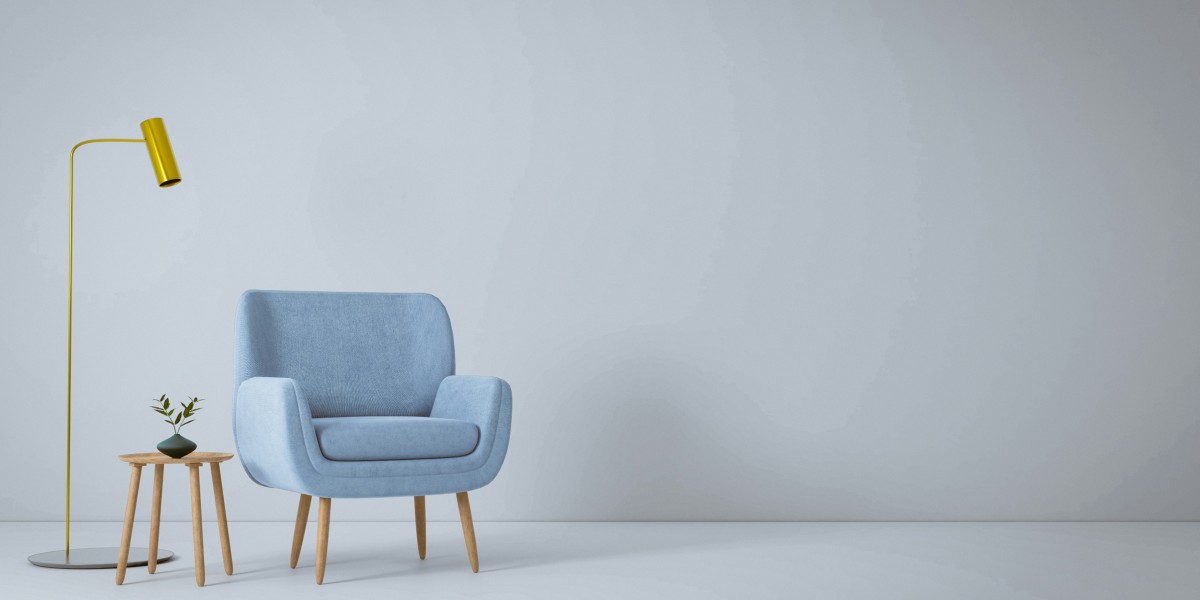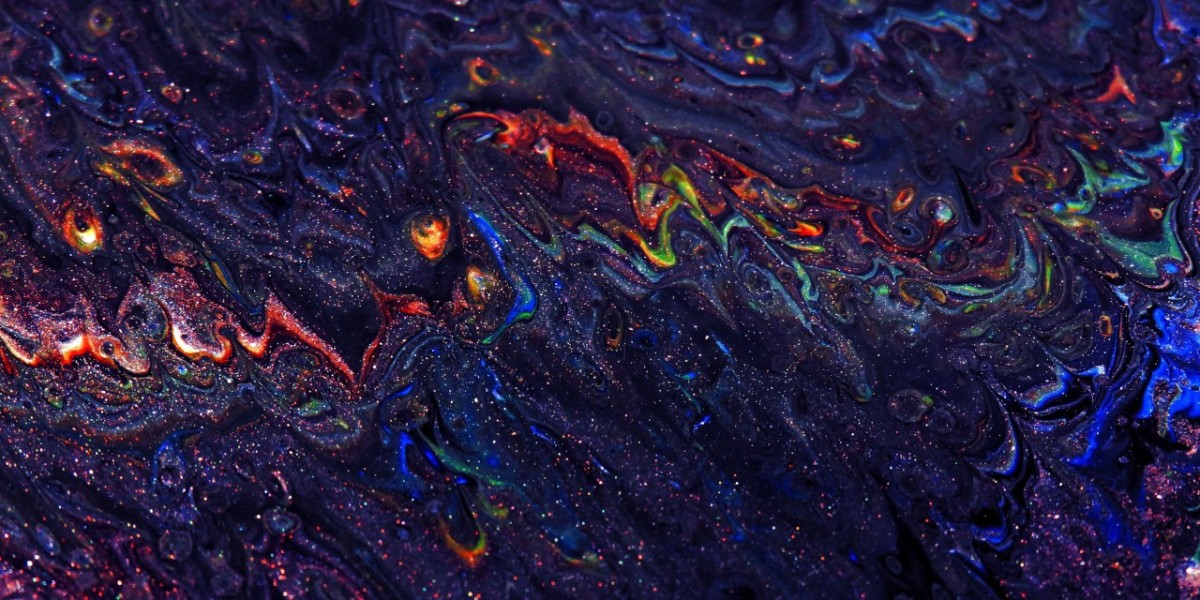Introduction:
From sanding and staining to painting and distressing, a world of options awaits you. Whether you want to add a rustic touch or a modern twist, these approaches provide limitless possibilities for creativity. If you're feeling daring, why not try decoupage or slipcovering? There are plenty of other inexpensive ways to revitalize your treasured items. This blog post from upholstery services will explore creative ways to repurpose your furniture.
Reupholstering modern sofa:
Preparation Work
Before you start sanding, remove any hardware or attachments from your furniture. This guarantees a smooth and even finish.
Sandpaper Selection
Select the appropriate grit sandpaper for your job. Coarse grits (60-80) are best for removing old paint or varnish, whereas finer grits (120-220) work well for creating a polished surface.
Surface Smoothing
Begin sanding with mild pressure in the direction of the wood grain. If necessary, gradually raise the pressure to remove defects and achieve an even texture.
Getting into Detail
For intricate designs or hard-to-reach locations, use sanding blocks or folded sandpaper to achieve precision while avoiding damage to surrounding surfaces.
Dust Removal
After each sanding session, use a clean cloth or a vacuum with a brush attachment to remove excess dust. This prevents particulates from fouling the surface and influencing the final product.
Final touches
Once you've attained the ideal level of smoothness, consider using a sealant such as varnish or wax to protect and enhance the wood's natural beauty.
Remember to use sufficient ventilation and safety gear when working with sandpapers, since they can emit small, dangerous particles if inhaled! So put on your safety goggles and masks before beginning your revitalization trip with sanding!
Staining
Staining is an excellent way to refresh your furniture. Consider these aspects while
Staining Furniture
Select a stain. Oil-based, water-based, gel and other stains are available. Each class has specific characteristics and applications.
Prepare the surface
Before staining, remove any dirt and prior finishes. Sanding removes varnish and paint, preparing the surface for staining.
Test on an inconspicuous area
Always test the stain on a small, inconspicuous area of your furniture before applying it to the entire piece. This will show you if the color and finish are correct.
Apply evenly
Using a brush or cloth, apply the color evenly along the wood grain. If you want to apply more than one coat, follow the product instructions for drying times.
Protect with a topcoat
Once you're happy with how your furniture appears after staining, apply a protective coating like polyurethane or lacquer to seal your hard work and add longevity.
Painting is a flexible and cost-effective way to update furniture. It has the potential to significantly transform and revive an object. Here are some tips for painting furniture.
Preparation Work
Before you begin, make sure the surface is clean and free of old paint or varnish. Sanding will help to create a flat surface for the fresh paint.
Select the Right Paint Use high-quality furnishings created for this purpose. Consider how long it will last, the type of polish it contains, and the colors you can choose from.
Prime if necessary
If you're painting over dark or stained wood, using a primer will help you get better coverage and minimize bleed-through.
Brush or spray
Determine whether you like a brush or a sprayer based on your skill level and desired outcome. Brushes offer more control, whilst sprayers produce smoother results.
Apply multiple coats
Thin layers of paint dry more quickly and adhere better than thick coats. Apply two or more thin coatings, providing adequate drying time between each layer.
Add finishing touches
After the paint has completely dried, consider adding artistic elements such as stenciling or distressing techniques to improve the overall appearance.
Remember to take proper safety precautions when painting, such as adequate ventilation and protective clothing like gloves and goggles.
Distressing
Distressing is a common technique for giving furniture a vintage or weathered appearance. It entails purposefully causing wear and tear on the piece's surface, resulting in a beautifully aged look. Here are some factors to consider while distressing your furniture.
Choose the Right Piece
Distressing works best on wood furniture that has obvious grain patterns.
Prepare the surface
Clean and sand the furniture to eliminate any existing finishes or flaws.
Use Distressing Tools
Sandpaper, wire brushes, hammers, and chains can all leave dents, scratches, and other marks on the surface.
Focus on high-traffic areas
Concentrate your distressing efforts on areas that will naturally wear over time, such as edges, corners, and handles.
Layer Different Techniques
Distressing can be combined with other techniques such as staining or painting to create a more unique look.
Seal and Protect
When you've got the desired distressed effect, use a protective sealer to keep it looking good for years.
Distressing allows you to bring new life into old furniture while also adding character and charm to your environment!
Decoupage
Decoupage is a terrific technique for bringing fresh life to tired furniture. Here are some factors to consider while using decoupage to rejuvenate your furniture.
Choose your materials
Decoupage is the process of attaching paper or cloth to furniture using adhesive. Choose materials that complement your design and color scheme.
Level Terrain
Before you begin decoupaging, ensure that your furniture is clean, dry, and free of finishes. Sanding improves adherence by smoothing the foundation.
Cut and Rearrange
Choose which magazine, wrapping paper, or fabric photos or patterns to cut. Position them on the furniture until you are satisfied.
Apply adhesive
Attach the cutouts to the furniture with Mod Podge or white glue mixed with water. Brush it on evenly, smoothing out creases and air bubbles.
Seal and Protect
Once all of the pieces are glued and dry, apply another coat of decoupage medium to seal and preserve the entire surface from wear and tear.
Optional finishing touches
If desired, apply additional layers of paint or varnish over the decoupaged areas to improve longevity and aesthetics.
Conclusion
There are numerous ways to repurpose your furniture without the effort and price of reupholstering. Whether you choose sanding, staining, painting, distressing, decoupage, or slip covering, these techniques provide imaginative ways to give antique objects new life and beauty. So, why not try one of these solutions now to breathe new life into your worn furniture? Your home will appreciate you!








